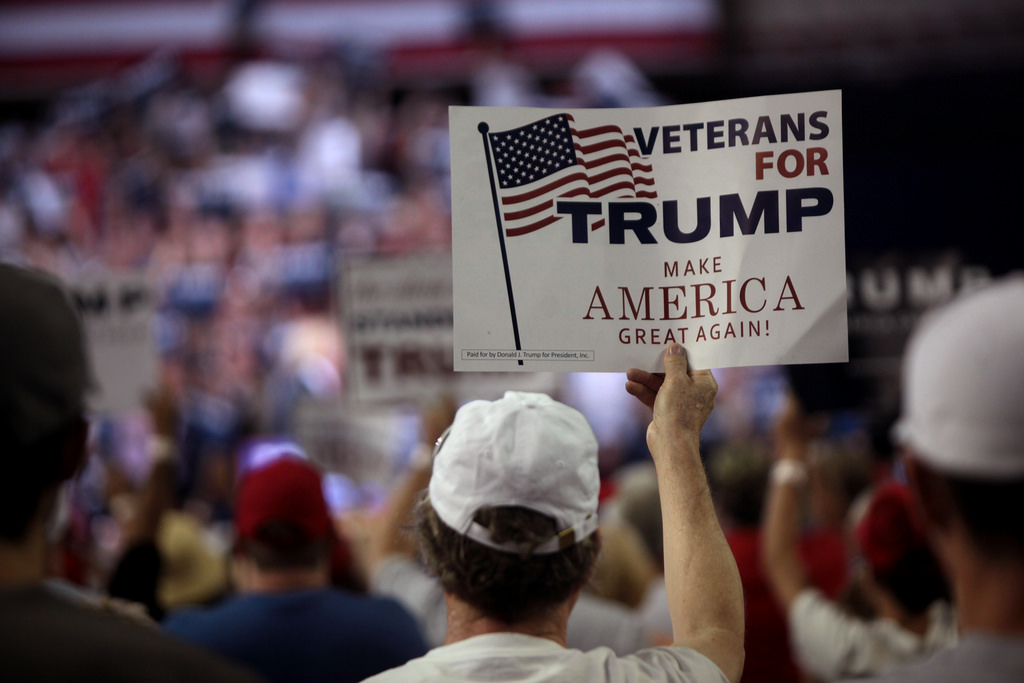First-past-the-post voting like America’s tends inevitably to yield two-party systems, which usually require awkward coalitions. What determines which interest groups coalesce? In 1929 Harold Hotelling, an economist, wrote that a rational voter would choose a candidate whose views showed most “proximity” to his own. In turn, a political party serious about winning should take the positions most likely to convince the voter in the electorate’s ideological middle. Since both parties needed to attract most votes from a broad electorate, this “median-voter theorem” would push them both towards the center. Hotelling observed that American candidates tended to “pussyfoot” for just that reason, giving ambiguous answers to policy questions for “fear of losing votes.” […]
Starting with the candidates’ actual platforms in the 2016 race, this approach shows that, free of party loyalties, 52% of registered voters are closer to Hillary Clinton’s basket of policies than to Mr Trump’s. That suggests a win for the Democrats in November. And, surprisingly, Mrs Clinton has room to shift further leftward. Around 9% of voters hold views currently closer to Mr Trump’s, primarily because of their support for building a border wall with Mexico, but would wind up on Mrs Clinton’s side if she embraced a $15 federal minimum wage and fully-taxpayer-funded college tuition. In that case, the Democrats’ share of the vote would increase to 54%. […]
As Hotelling would predict, the most conceptually consistent (and therefore ideologically extreme) platforms are not politically viable. A mercantilist party that favored moral and fiscal conservatism and intervention abroad would collect less than 30% of the vote against Mrs Clinton or Mr Trump. And a pure libertarian opposing all restrictions on guns, abortion, immigration or free trade would pick up a mere 26% of the vote against Mrs Clinton and 34% versus Mr Trump.
The YouGov survey suggests, however, that a winning coalition could be built around an anti-globalization message. The candidate would have to take centrist positions on abortion, gay marriage and gun control, and alienate business by backing popular but costly government benefits like national health insurance. When combined with supporting a border wall, opposing the North American Free Trade Agreement and ignoring climate change, this basket would secure 51.2% of the vote against a more socially liberal platform backing NAFTA and immigration: close enough to maintain a stable two-party system across election cycles.
